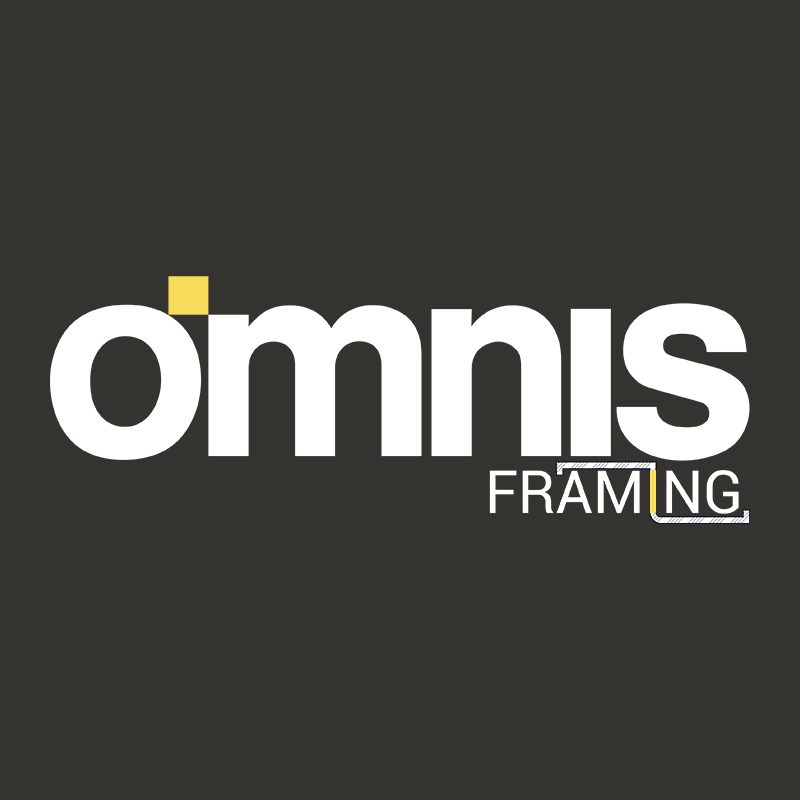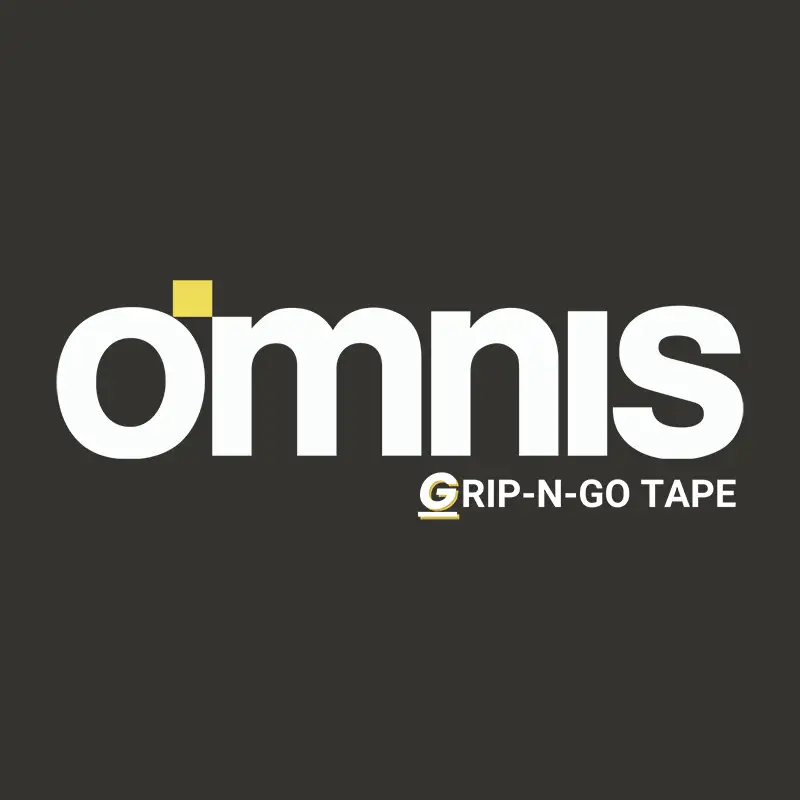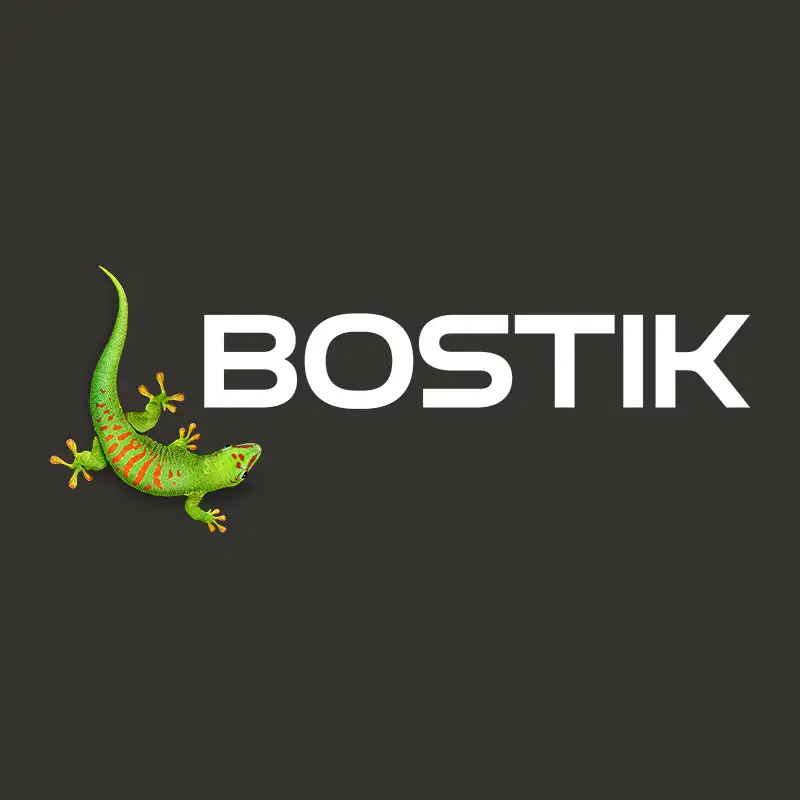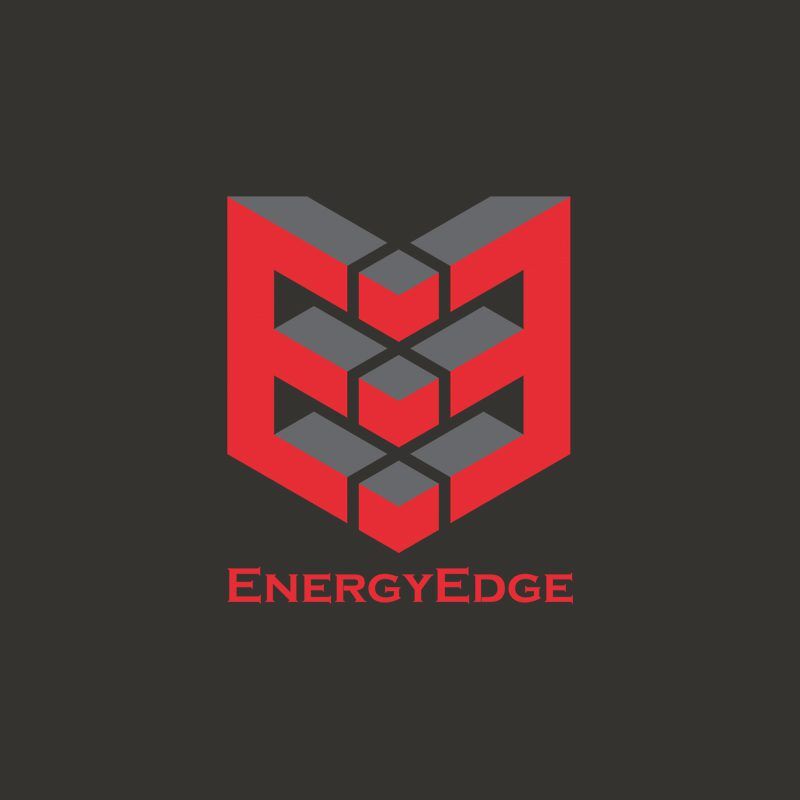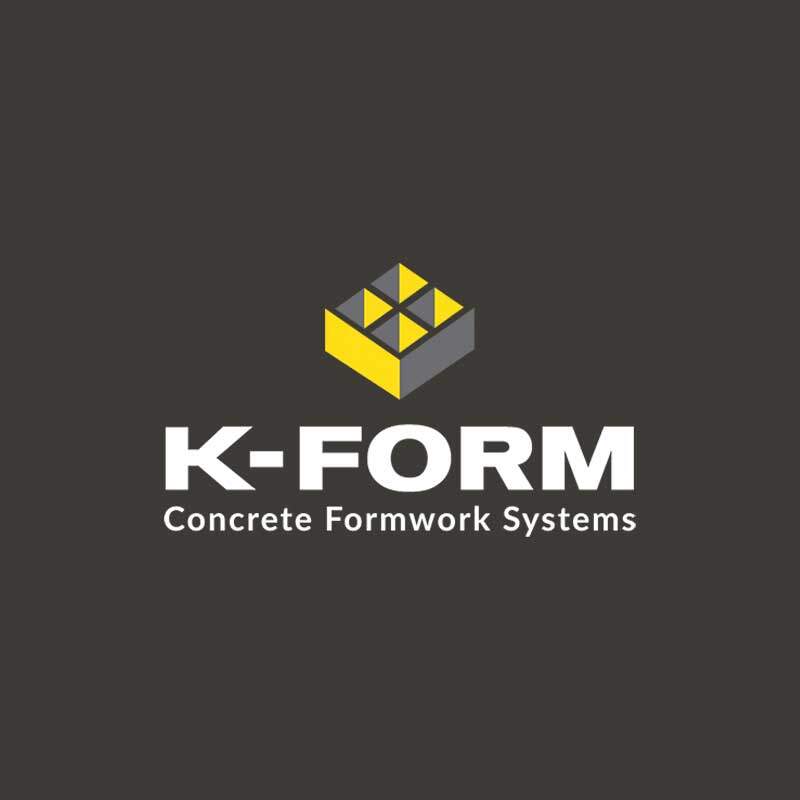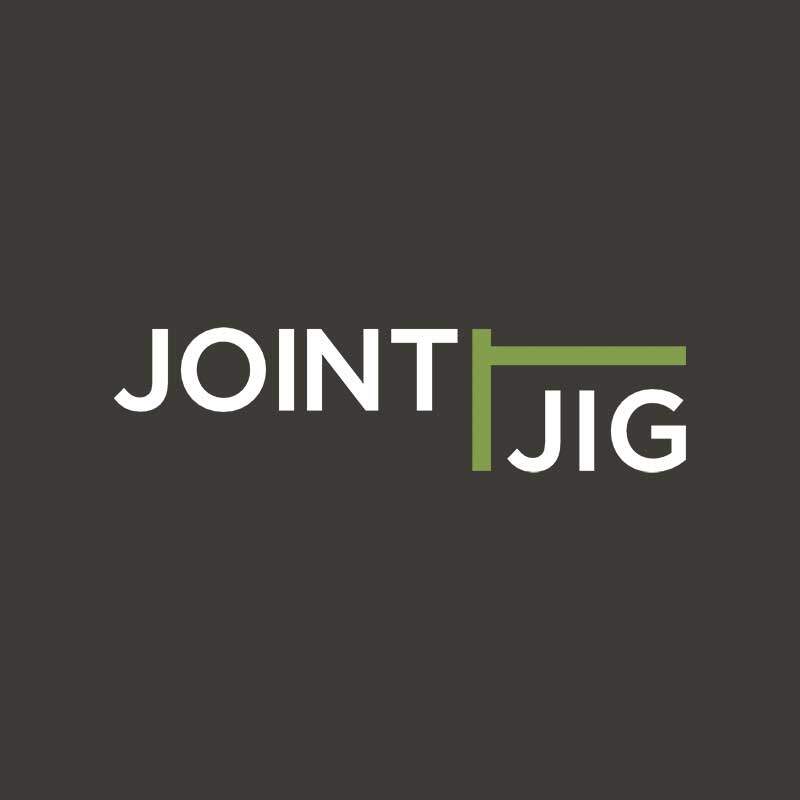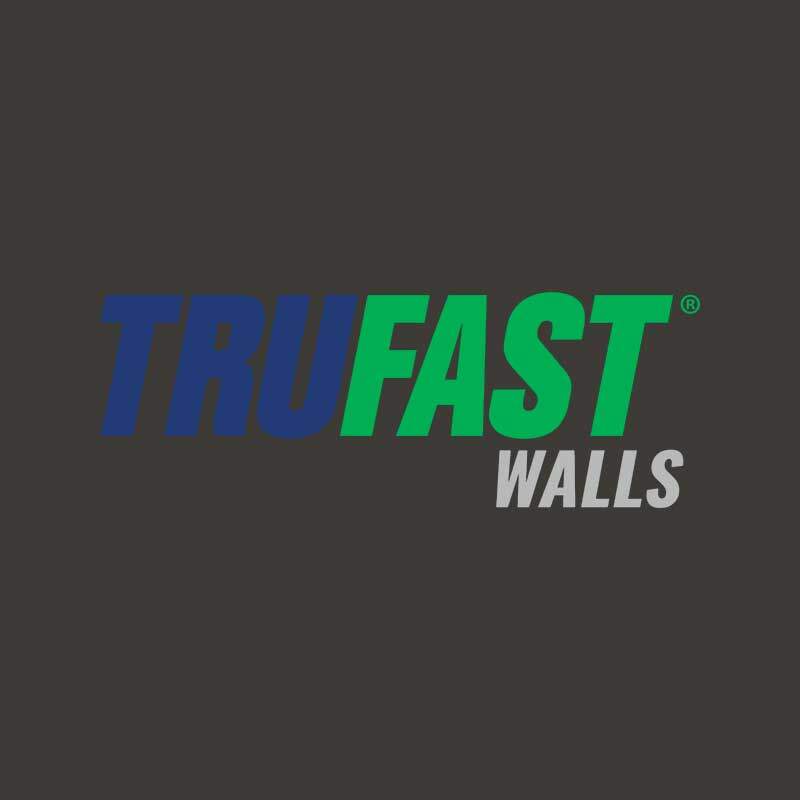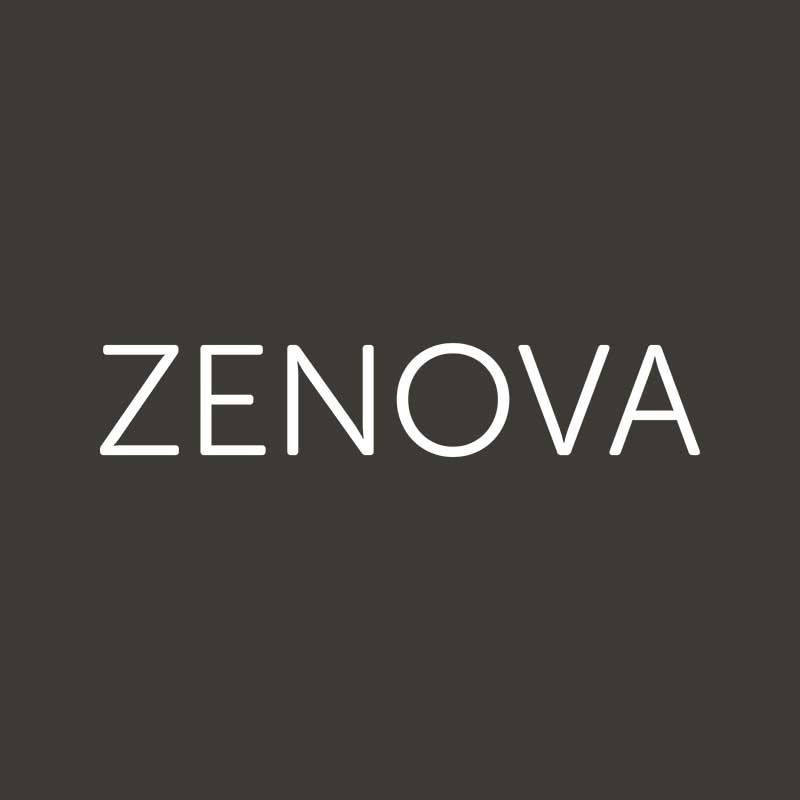Value Upgrade versus Value Engineering
Value engineering has gotten a bad reputation as a process where architectural design dreams get dashed. Cost reduction is what drives many value engineering processes. It reduces the cost of the project by cutting out portions or reducing the quality of materials being used. Historically, value engineering expects products to become practically or stylistically obsolete within a specific length of time. The products could be built with higher-grade components, but with value engineering, they are not because this would impose an unnecessary cost on the manufacturer, and to a limited extent also an increased cost on the purchaser. A company will typically use the least expensive components that satisfy the product’s lifetime projections at risk of product and company reputation.
The Case for Value Upgrade
Value Upgrade addresses the deficiencies caused by value engineering. Value Upgrade removes the need to compromise on aesthetics, performance, pricing, waste, and the need to reorder inferior, cheaper products.
A favorable ratio of costs to benefits is considered a good value. While upfront costs may seem easy to define, there’s more to consider.
- What is the lifespan of the product?
- What type of maintenance is required?
- What components are required for installation?
- How much time is required for installation?
- Do the materials contribute to CO2 emissions?
- Can the materials be recycled in the future?
Petrarch Panels Maintenance and Product Lifespan
Durable, stable, and low maintenance panels with projects in the field over 40 years.
- 20-year industry-leading warranty
- Best-in-class low moisture absorption (0.15% 24 hours submersion)
- Best-in-class impact and flexural strength
- No picture framing, delamination, or efflorescence
- Natural and uniform weathering vs blotchy and uneven fading
- Extreme environmental durability, impact-resistant and maintenance-free
Steni Panels Maintenance and Product Lifespan
Extremely durable, stable, and low maintenance panels with projects in the field for over 40 years.
- 60-year industry-leading warranty
- 15-year finish warranty
- Best in class low moisture absorption (0.5% 24 hours submersion)
- Best in class impact and flexural strength
- No picture framing, delamination, or efflorescence
- Panels can be cleaned with most cleaning agents used to wash houses.
Petrarch Installation and Constructibility
Greater flexibility on-site and in application.
- Panels are delivered cut to size
- Lower cost, faster installation when used with SikaTack® Adhesive Concealed Rainscreen Attachment System
- SikaTack® Panel System costs up to 40% less compared to hidden mechanical fixation.
- Fast installation makes SikaTack® extremely cost-effective.
- Easy to cut in the field (durable and no need to seal edges)
- Unsupported returns (up to 6 inches) – great for window returns
Can be used for soffits
- Radius the panels in the field
- Can be installed at grade
Steni Installation and Constructibility
Greater flexibility on-site and in application.
- Faster installation with pre-drilled panels and custom shapes
- Lower cost, faster installation when used with SikaTack® Adhesive Concealed Rainscreen Attachment System
- Easy to cut in the field (durable and no need to seal edges)
- Can be used for soffits
- Radius the panels in the field
- Can be installed at grade
Petrarch Sustainability
Environmentally friendly and supports a low carbon footprint.
- Composed primarily of reconstituted marble that is recycled instead of being discarded
- Long life span
- Panels can be upcycled/reused
Steni Sustainability
Environmentally friendly and supports a low carbon footprint.
- Low global environmental impact
- No environmentally harmful substances
- Best environmental classification
- Waste management system
- Environmentally sound packaging for shipments to construction sites
- Panels have been recycled and used in recent projects.


